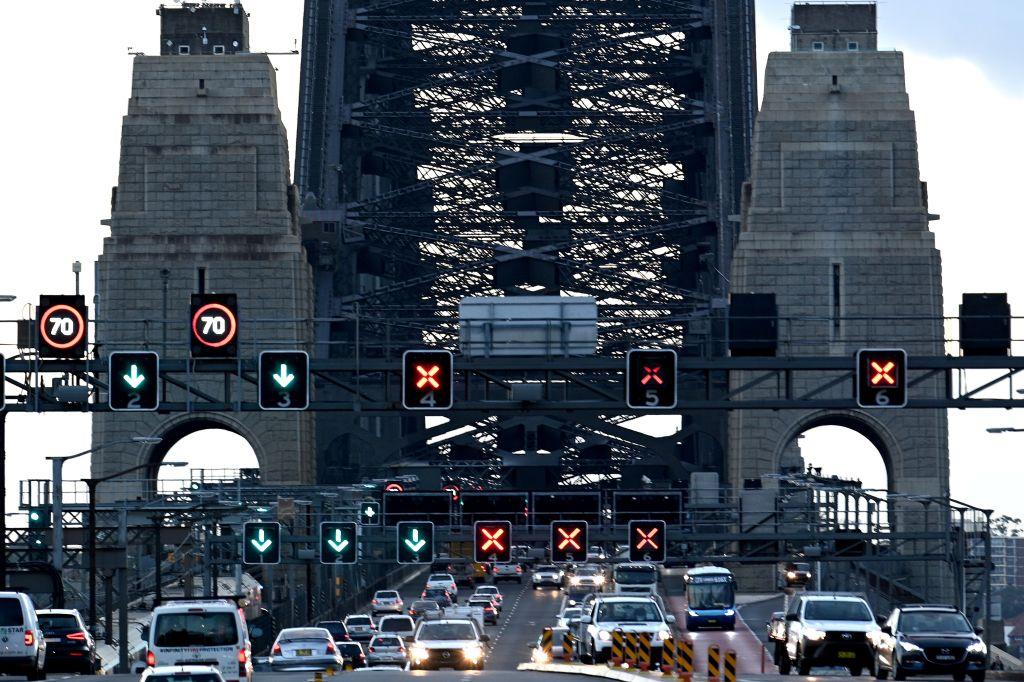It’s like waking up one day and having a highway next to your house.”
This is how Dr. Vincent Raoult describes what is happening to sea life as the intrusion of commercial shipping increasingly worsens already stressful marine conditions.
The University of Newcastle professor and colleagues from other research centres have conducted an investigation into the impact of shipping on whales in marine parks.
The noise produced by ships can disrupt communication between marine giants, leading them to become disoriented.
In worst-case scenarios, ships fatally collide with disorientated whales, often without anyone realising.
Protected marine areas are parts of the sea managed to protect biodiversity and support scientific research.
But very few marine parks are stringently protected from transit routes, meaning ships can pass directly through them, Raoult said.
Shipping data from 2018 to 2021 used by the researchers found 18 percent of Australia’s marine parks are exposed to passing ships all year round and, on average, daily.
This data was compared to satellite tags of whales and whale sharks, which found almost 40 percent were in areas of moderate shipping exposure.
The Great Barrier Reef is one of the many marine parks ships can go directly through.
The researchers were also surprised to learn shipping has worsened with the COVID-19 pandemic.
“There were areas previously that almost had no shipping that suddenly had completely new transit routes across them,” Raoult told AAP.
It’s not just whales under threat, either. Evidence shows oysters, fishes and crustaceans are impacted by shipping, too, he said.
Immediate action, like enforcing low-speed zones to reduce noise pollution and the risk of collisions, needs to happen to protect vulnerable marine life, the researchers recommended.
Whales continue to face many threats despite a worldwide ban on commercial whaling and a large network of marine parks, said Greenpeace advocate Jess Panegyres.
In Australia, five great whale species, including the blue whale and southern right whale, are classified as endangered under federal environment law.
Offshore gas platforms conducting seismic testing also add to noise pollution and marine stress.
“Endangered is the big red light—that means they’re almost gone,” Ms Panegyres said.
“We really should be doing every we can do to protect them.”





